Physics
Sign up for our newsletter
We summarize the week's scientific breakthroughs every Thursday.
-
 Astronomy
AstronomyA neutron star crash may have spawned a black hole
The neutron collision that took the astronomical community by storm last year probably created a black hole, researchers say.
-
 Tech
TechFuture smart clothes could pack serious gadgetry
Casual daywear may someday contain some serious tech. But engineers have to take conventional electronics and make them comfortable to wear.
By Maria Temming and Mariah Quintanilla -
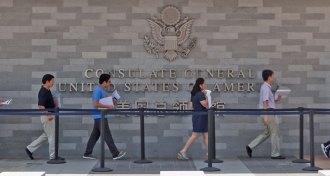 Neuroscience
NeuroscienceHere’s why scientists are questioning whether ‘sonic attacks’ are real
Sonic attacks would be hard to pull off and a terrible way of incapacitating diplomats, experts say.
-
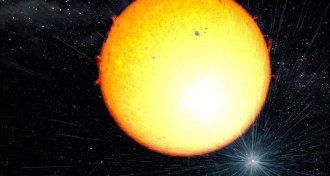 Astronomy
AstronomyTwo-faced star reveals a pulsar’s surprising bulk
An ultramassive pulsar is frying its stellar companion so that the star shows two different temperatures.
-
 Science & Society
Science & SocietyReaders respond to pesticides, Hawking radiation and more
Readers had questions about pesticides, Hawking radiation and the intersection of science and the public.
-
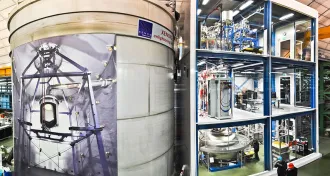 Particle Physics
Particle PhysicsDark matter particles elude scientists in the biggest search of its kind
The XENON1T experiment saw no signs of hypothetical dark matter particles called WIMPs.
-
 Particle Physics
Particle PhysicsThe inside of a proton endures more pressure than anything else we’ve seen
For the first time, scientists used experimental data to estimate the pressure inside a proton.
-
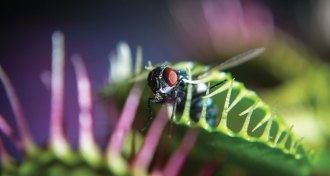 Plants
PlantsMeet the speedsters of the plant world
Researchers have recently uncovered a diverse array of mechanisms that allow plants to move — often faster than the blink of an eye.
By Dan Garisto -
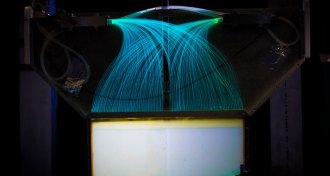 Physics
PhysicsDespite a new measurement, the neutron’s lifetime is still puzzling
Two techniques for gauging the subatomic particle’s longevity disagree.
-
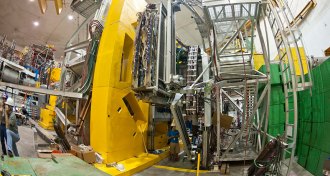 Particle Physics
Particle PhysicsThe proton’s weak side is just as feeble as physicists thought
Scientists make the most precise measurement yet of the proton’s weak charge and find it agrees with predictions.
-
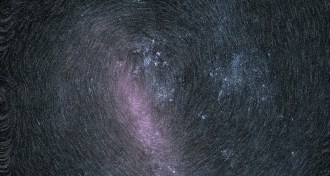 Astronomy
AstronomyGaia delivers a trove of data revealing secrets of the Milky Way
Astronomers are already using Gaia’s new information to estimate the galaxy’s mass, the diameter of exoplanets and more.
-
 Math
MathReal numbers don’t cut it in the real world, this physicist argues
Physicist Nicolas Gisin argues that real numbers don’t properly represent the natural world, which is a good thing for free will.